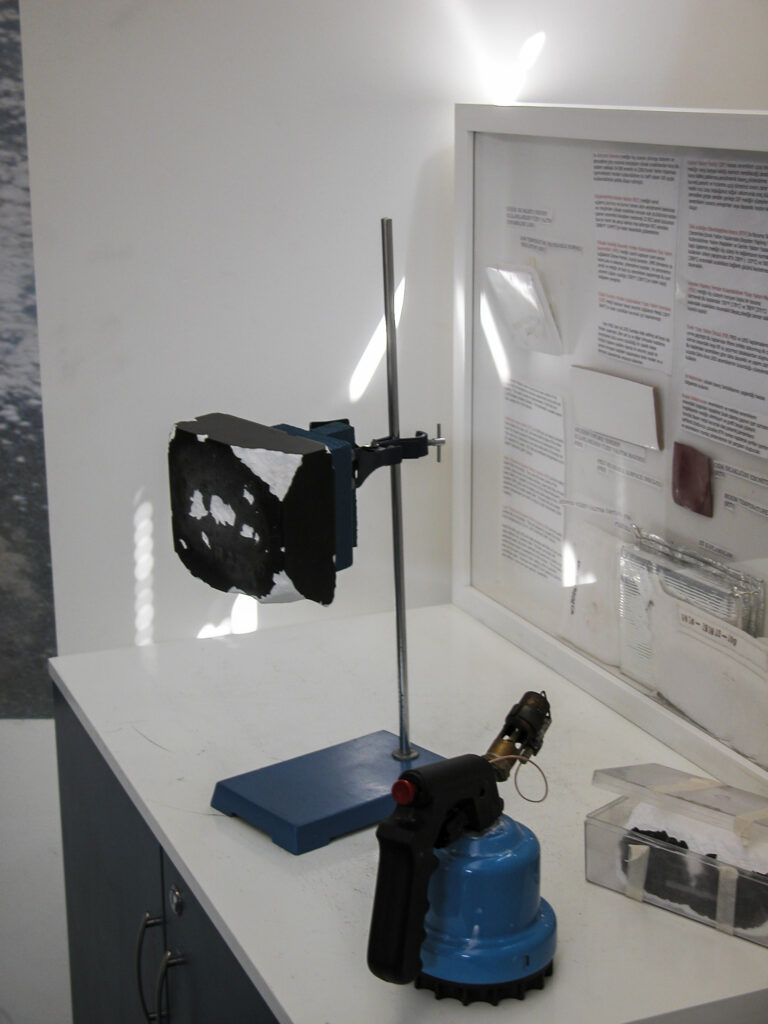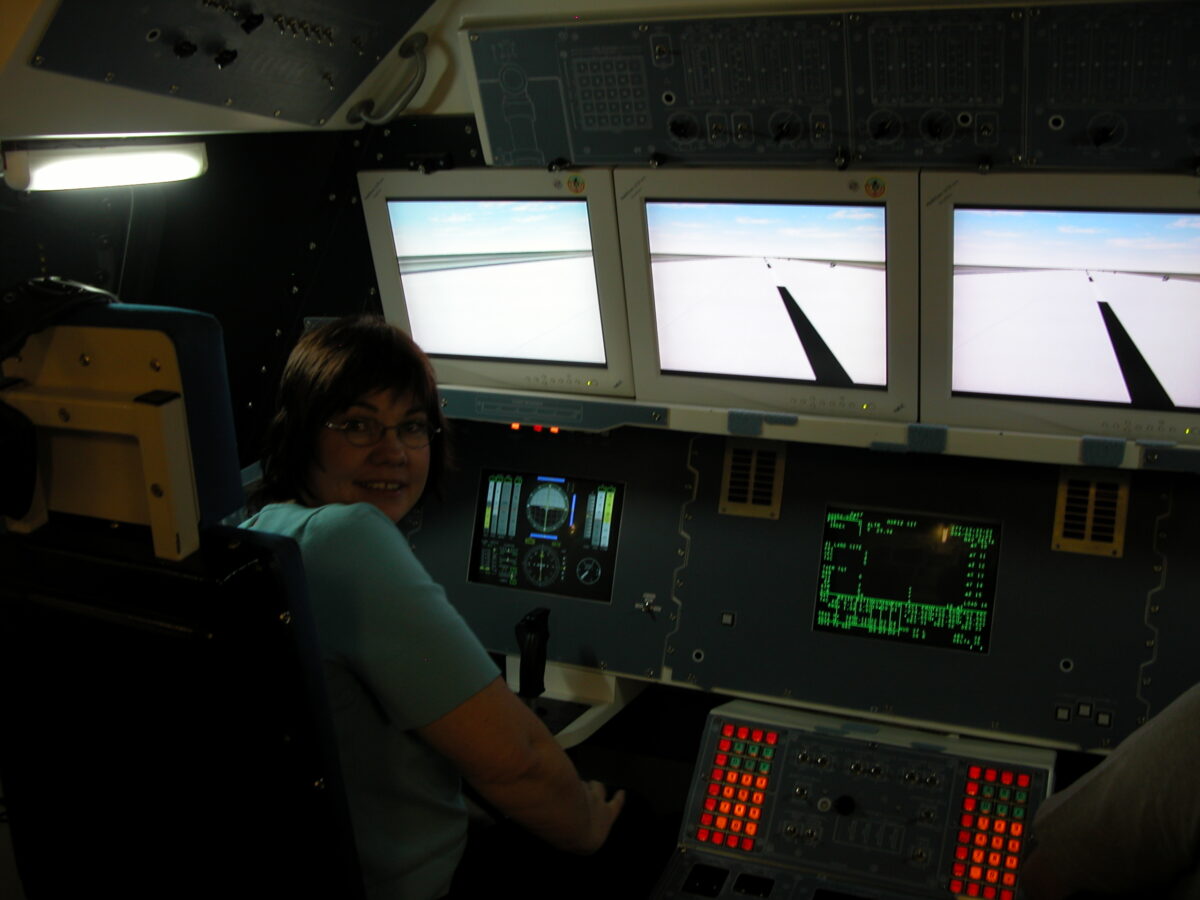Space Camp Turkey is a space and science educational institution based in the Aegean Free Zone near Izmir, Turkey. According to its website, it opened in 2000 with a primary mission of motivating young people from around the world to pursue careers in science, math, and technology, using interactive, space-related simulations, in which “both youth and adults learn about communication, teamwork, and leadership in a dynamic, fun-filled environment….Programs at Space Camp Turkey focus on simulators to give participants the sensations of working and living in space.” Another major aim is to promote international amity: “Our state-of-the-art facility offers an ideal environment where young people from different nations can come together to build long-term friendships and understand other cultures.” I must say that we saw abundant evidence of this as we met participants from all over Europe and Asia, including from such nations not known for mutually friendly relations such as Greece and Turkey, who were clearly getting along very well together.
Our tour organizers and sponsors, the Orange County Space Society and Kaya Tuncer, had a long and close association with Space Camp Turkey, so a visit to their facility was a priority, and it turned out to be great fun as well as an edifying experience.
Space Camp Turkey is the second institution of its kind to open in the world, the first being the Space Camp in Huntsville, Alabama. It also claims to be the only such facility in Turkey, the Middle East, Europe and Asia.
Upon our arrival at Space Camp Turkey, and following a brief meet-and-greet session with the staff, we were given an orientation which described the facilities, told us what to expect during the simulations, and gave us some idea of our chances of survival.
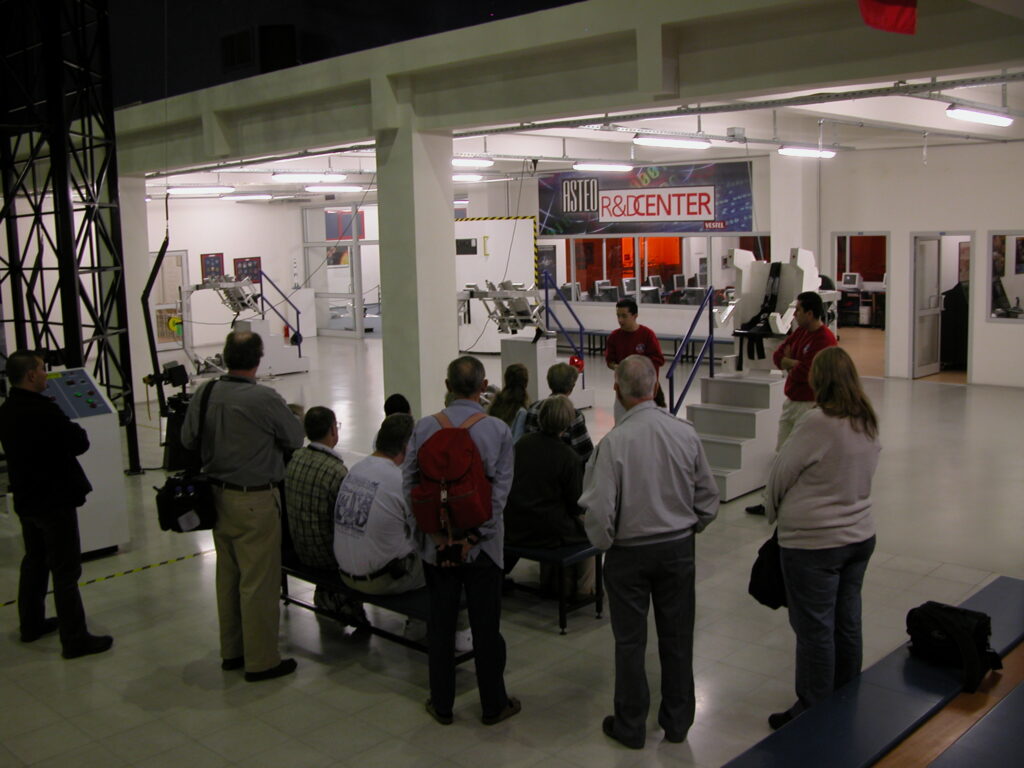
The Mars Exhibit was built to prepare prospective colonists for an eventual landing on the Red Planet. Here trainees would be cast adrift on the dry, inhospitable surface to survive as best they could, without food, water or protective clothing, subject to ambush by hostile Martians from the movie “War of the Worlds.” A few of our party wandered by mistake into this exhibit and were lost.
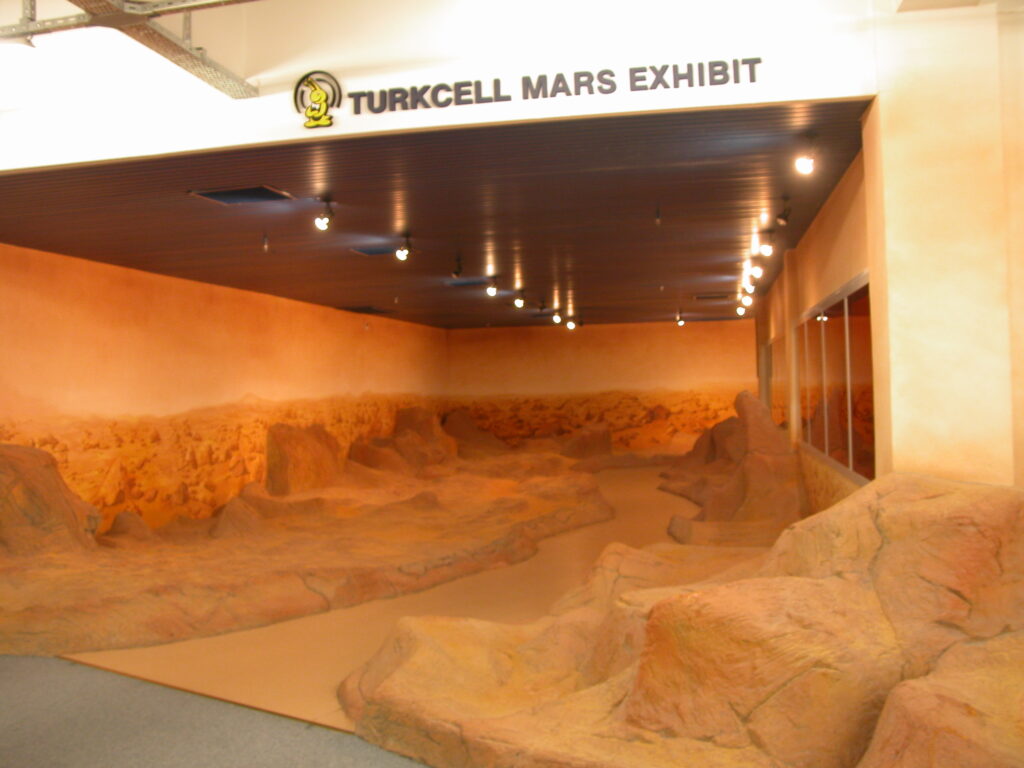
Part of Space Camp’s mission was to conduct research in support of space exploration and colonization. This included a lab where carnivorous Martian plants were grown to prepare trainees for conditions they would encounter when sent to colonize the Red Planet. We only lost one or two of our party to this hazard.
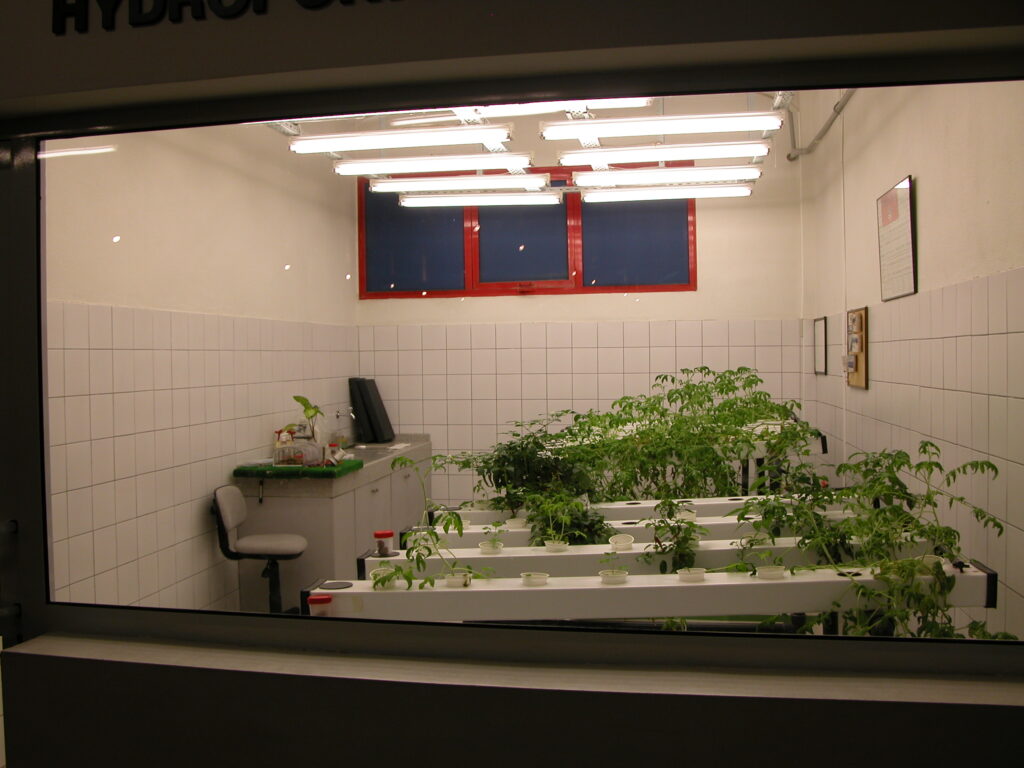
At the time of our visit in 2006, Space Camp training was largely focused on the Space Shuttle program, featuring a mockup of the Space Shuttle Discovery, complete with a ground-based mission control, shown in the picture below. Despite the demise of the real Space Shuttle program, I have the impression that it is still alive and well at Space Camp Turkey. In any case, we’ll be seeing lots more of the Space Shuttle on this page.
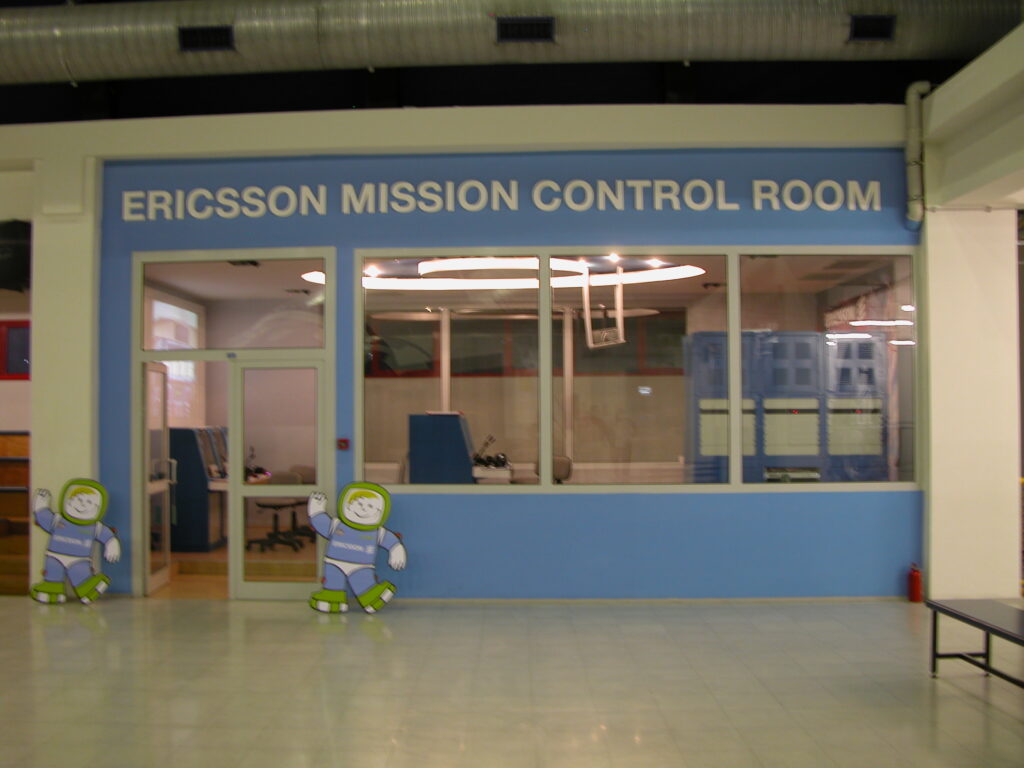
Inside the control center, there was a desk for controllers to sit at and do their thing. It probably wasn’t as elaborate as the one in Houston, but it worked for us.
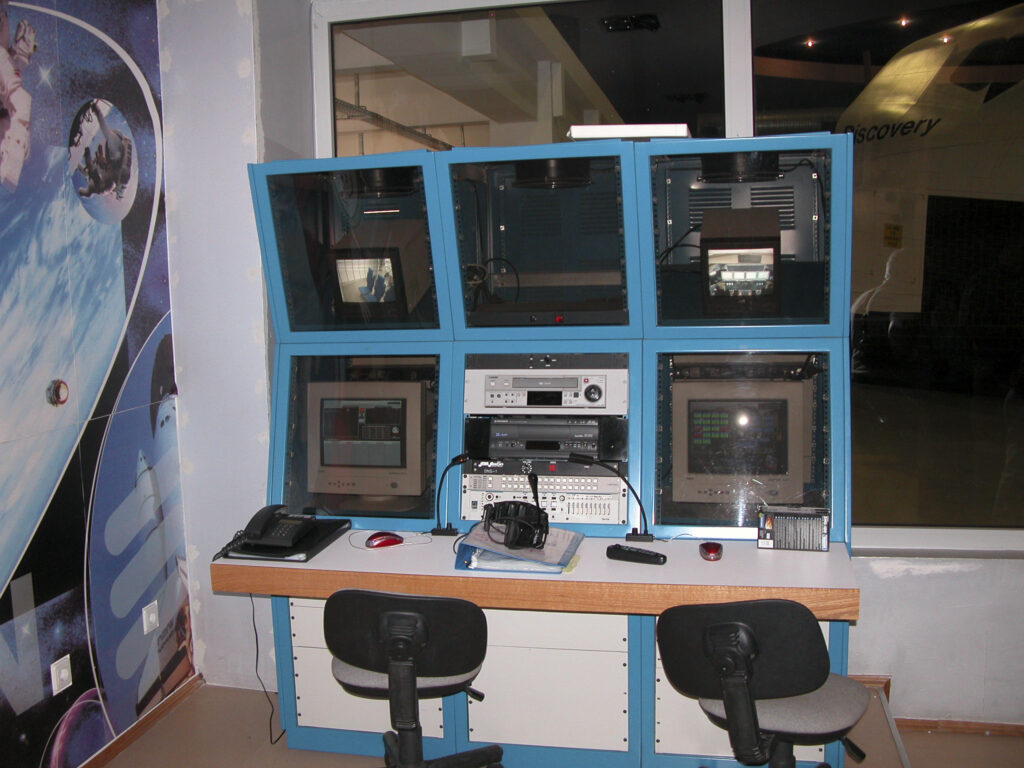
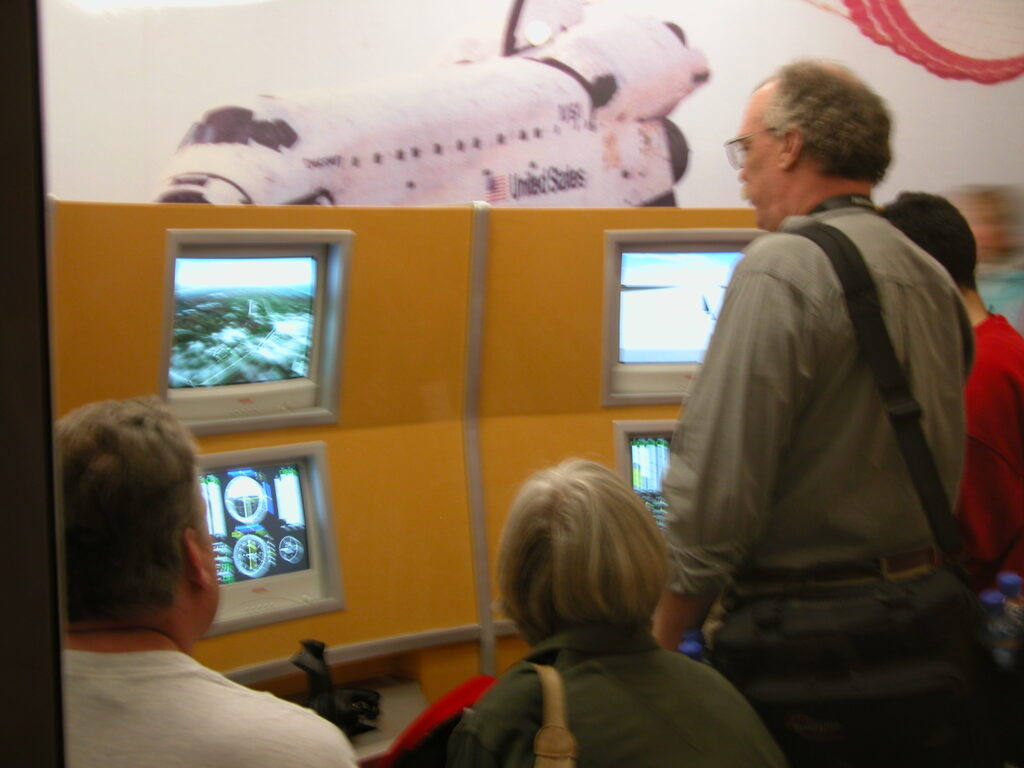
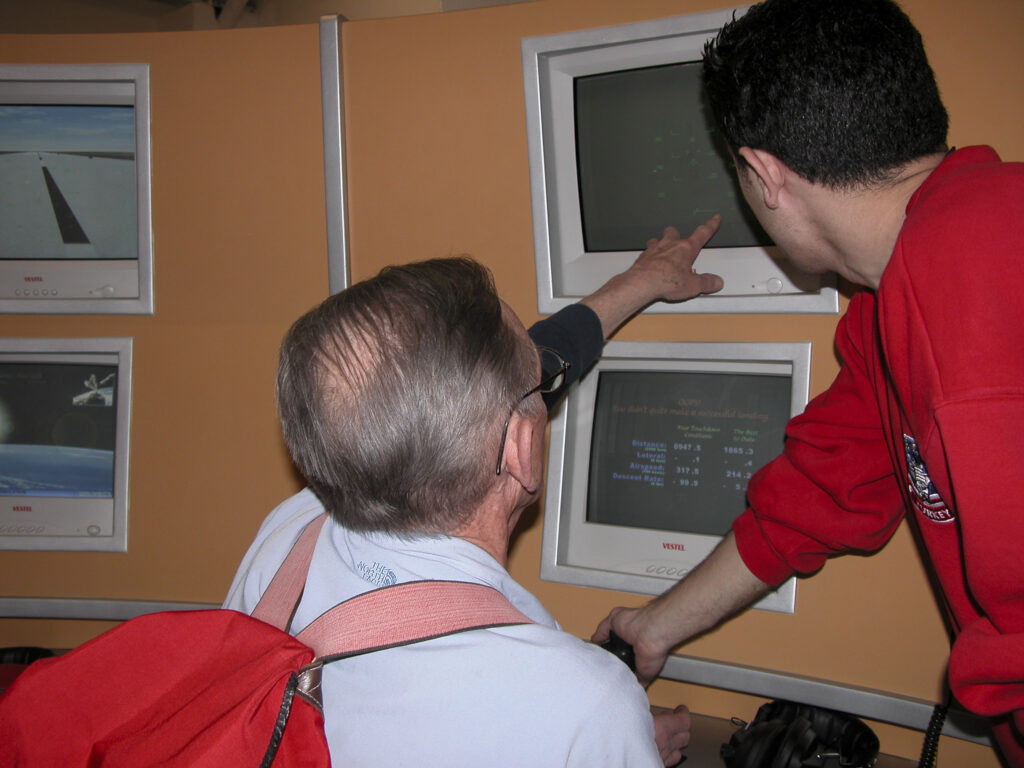
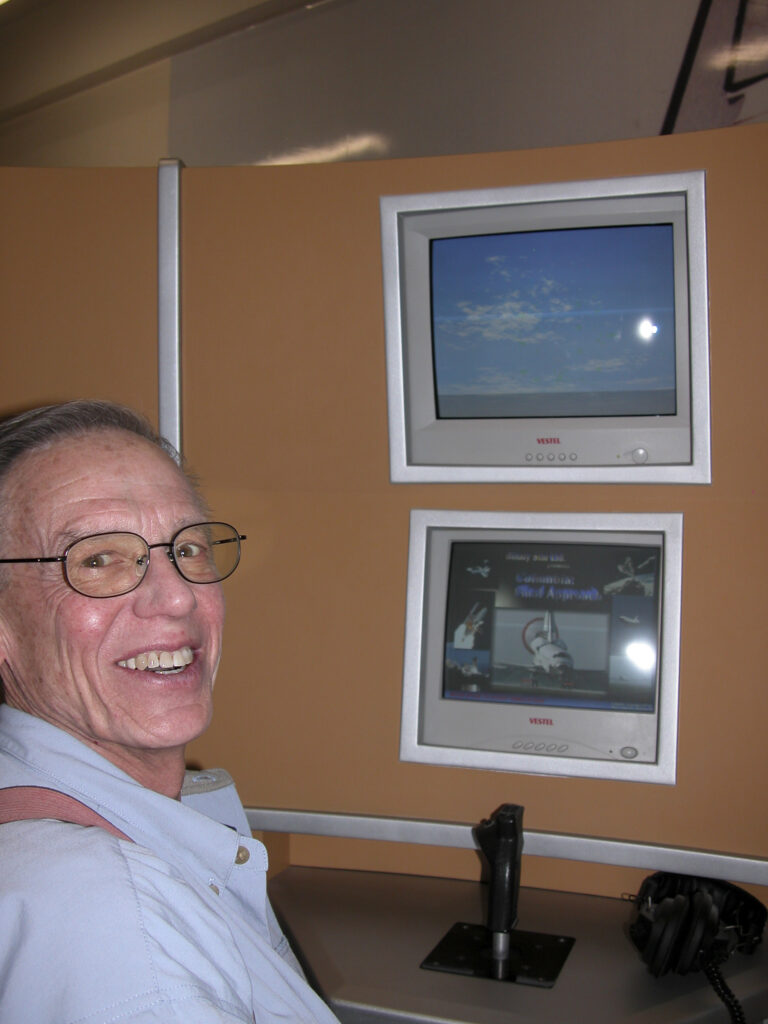
Space Camp Turkey’s mockup of the Space Shuttle was limited to the nose section, which included the cockpit and controls; it omitted the cargo bay, wings, tail, etc., which of course were unnecessary for its purpose and would have entailed a superfluous expense.
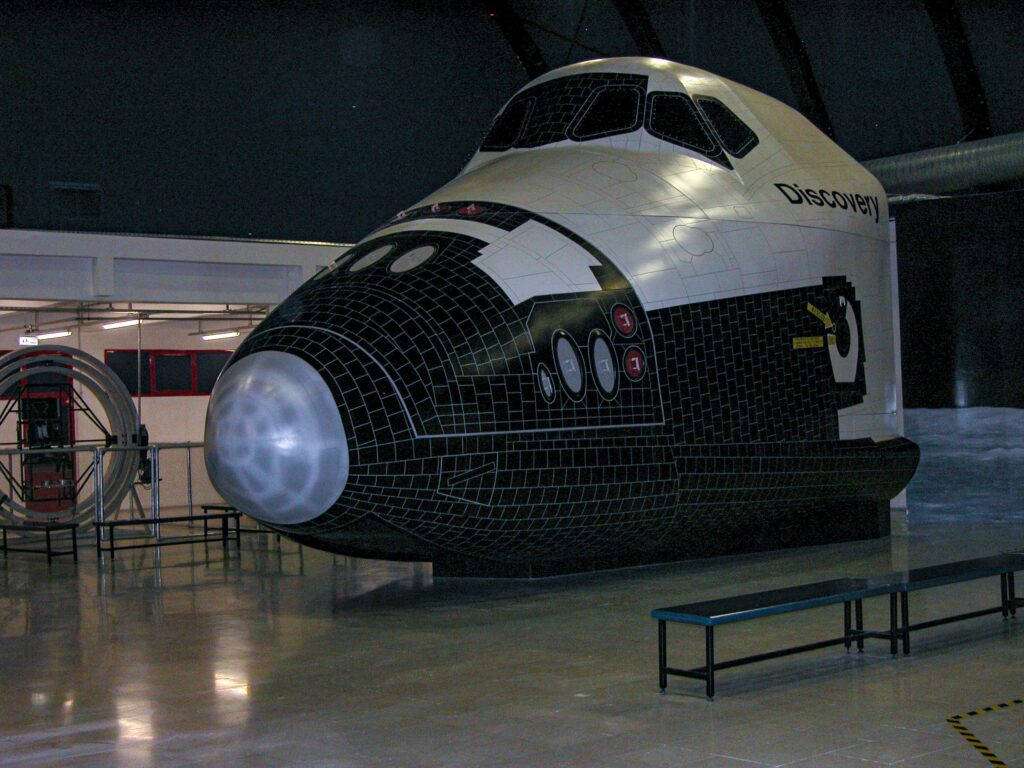
The real test of whether we were cut out to be astronauts was going on the simulators. There was a wide variety of these, most of them completely incomprehensible to me. I mean, I could understand the purpose of the Moon Walk trainer and the Zero Gravity Wall, but others, such as the 5-Degrees-of-Freedom trainer shown below, completely mystified me.
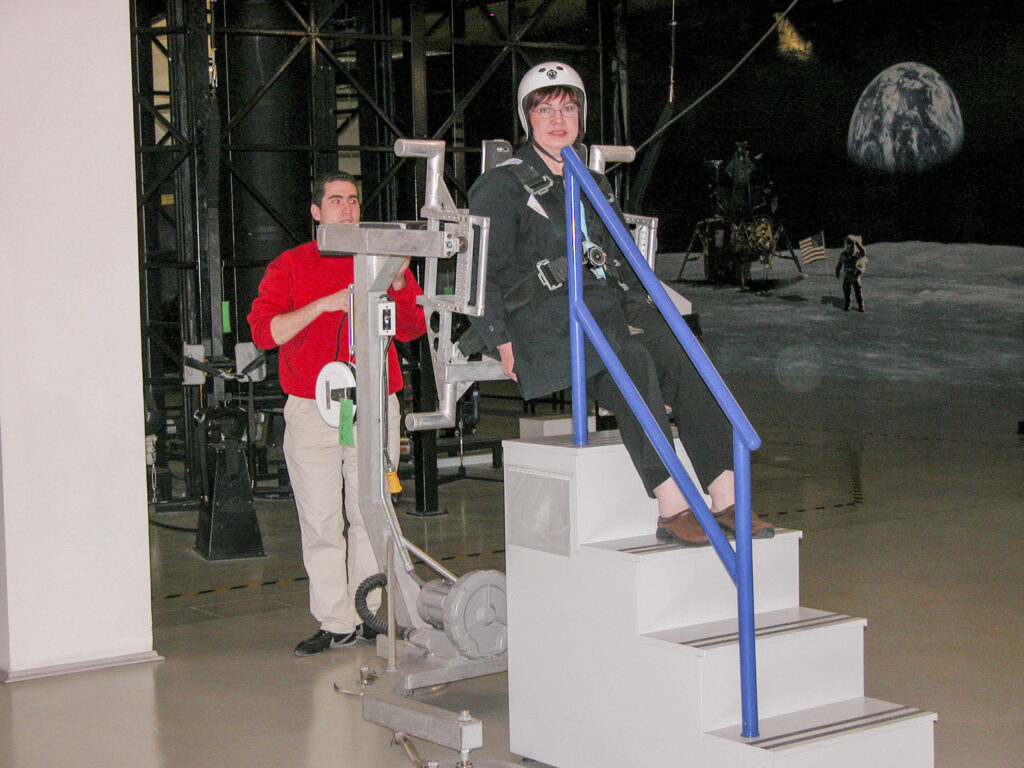
Sandie, however, despite an initial moment of apprehension, quickly took to the 5DF like a duck to water.
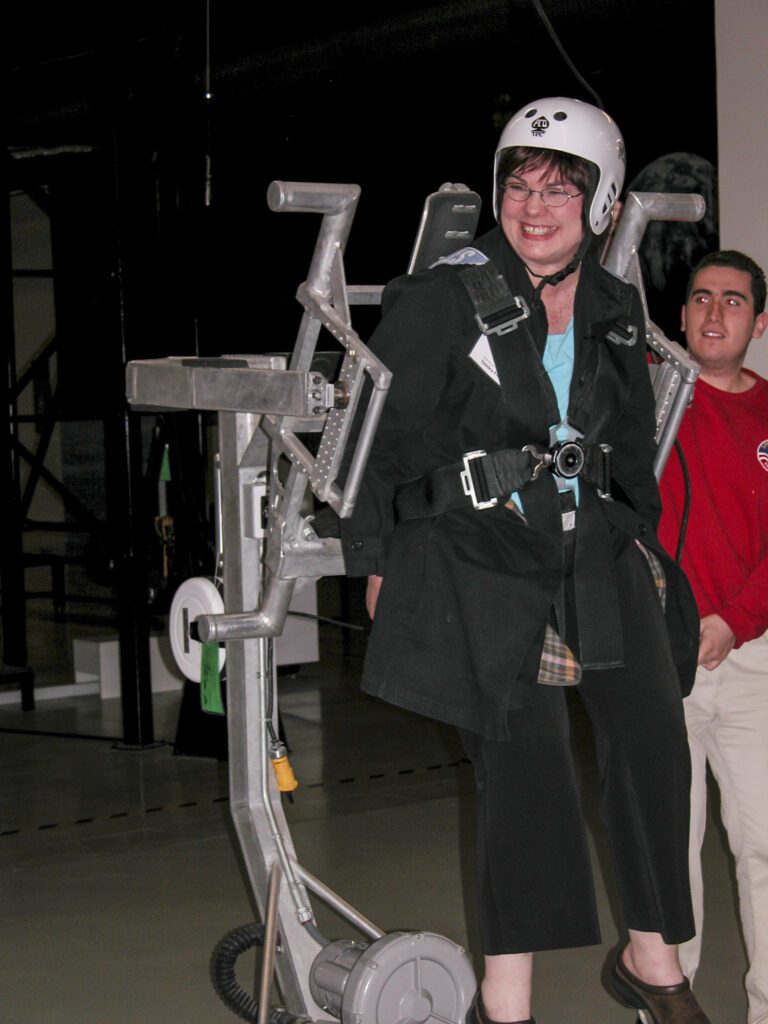
Another person who did well on the 5DF was Chuck Mattox. He had a blast on all of the simulators. He really should have been an astronaut.
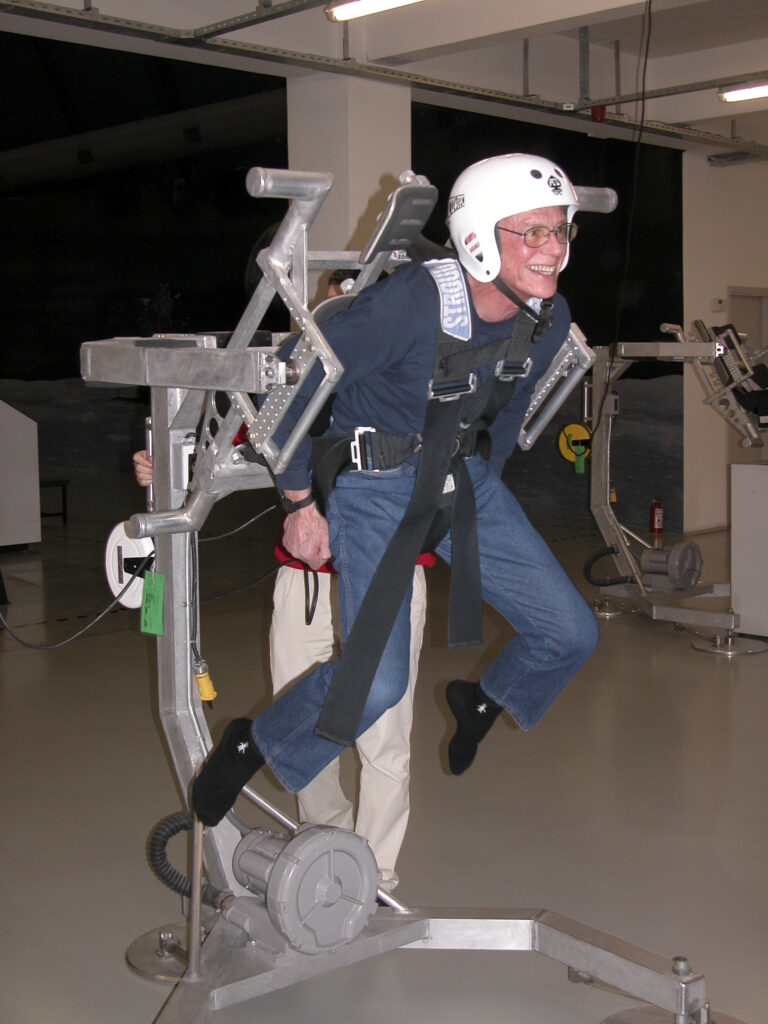
Whereas for Patricia Bush, the 5DF was a matter of stoic endurance.
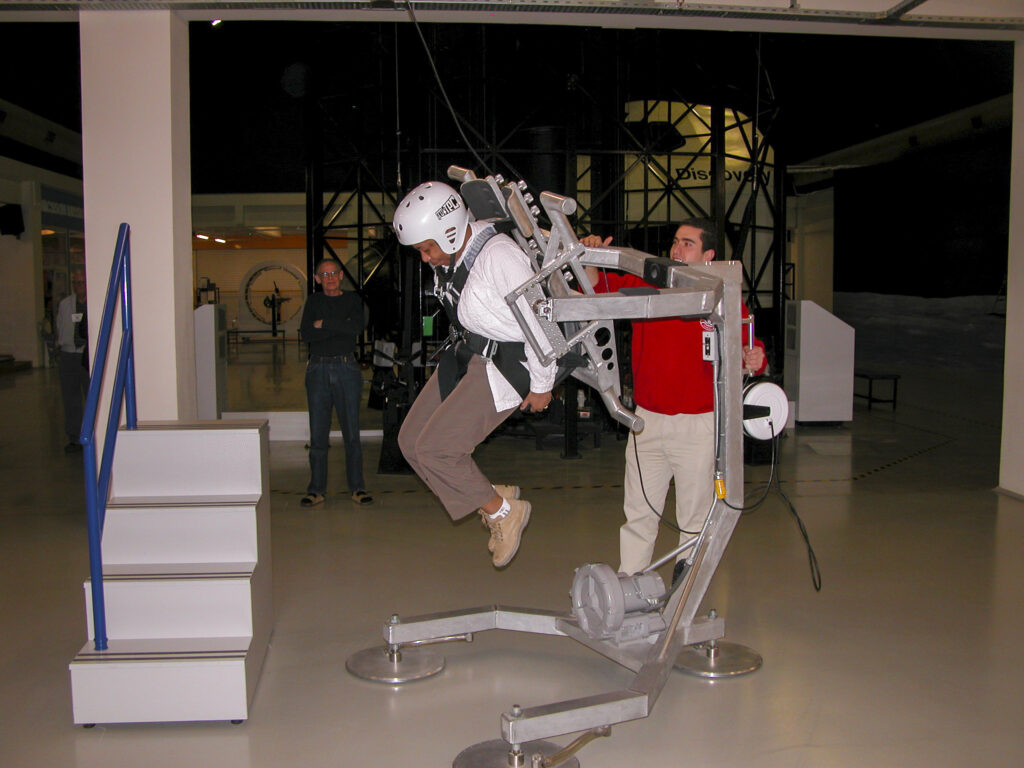
The Manned Maneuvering Unit (MMU) was and is another contraption the purpose of which I’m totally ignorant, and Chuck Mattox at first appeared to be a bit bemused by it too.
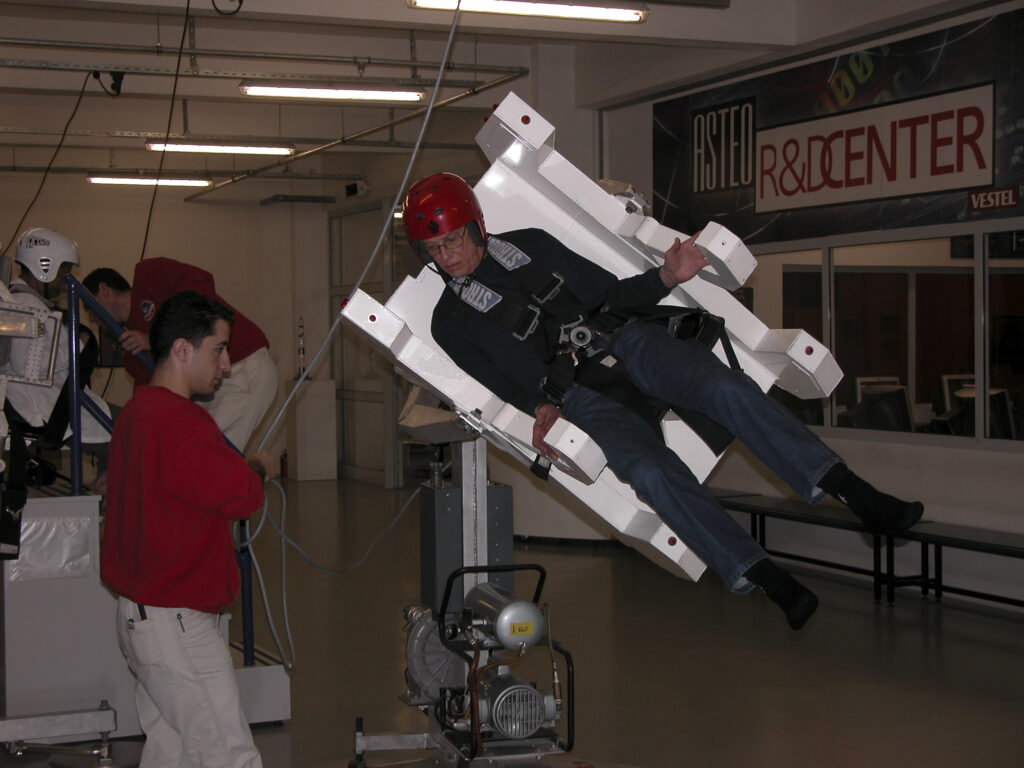
I let them strap me into the MMU also. I soon figured out that it wasn’t my cup of mung.
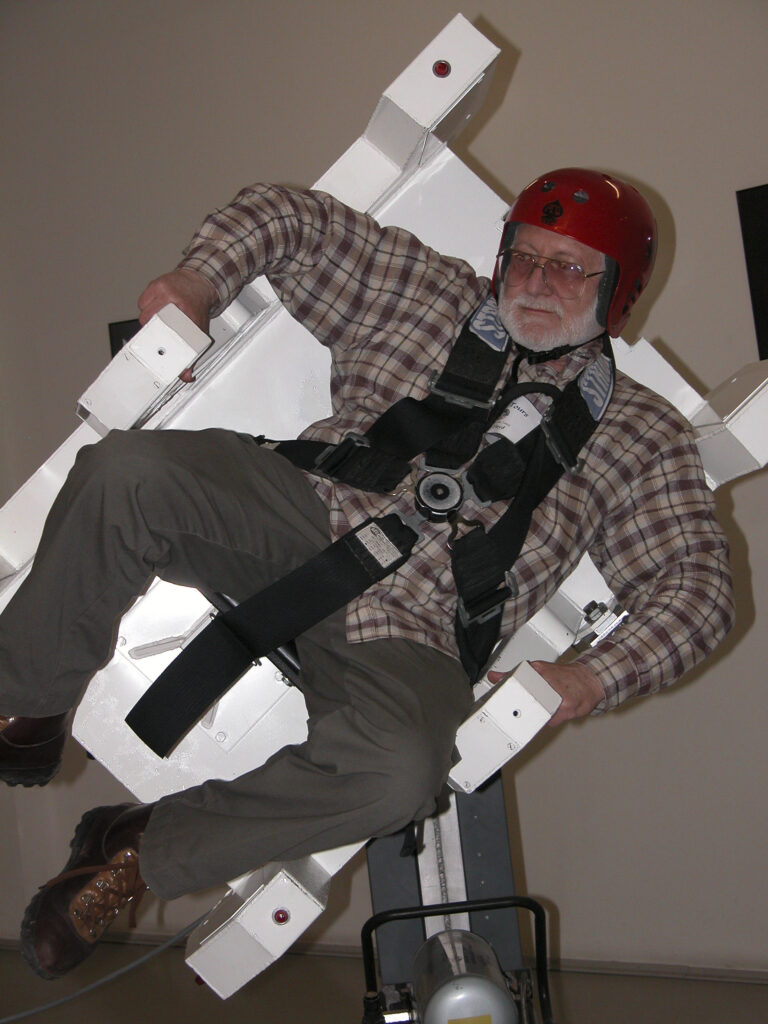
The moonwalk simulator involved being strapped into a chair contraption that simulated one-sixth of the gravity experienced on earth, then being guided by an instructor in mastering the delicate art of getting around safely and efficiently in the low-gravity environment found on the moon.
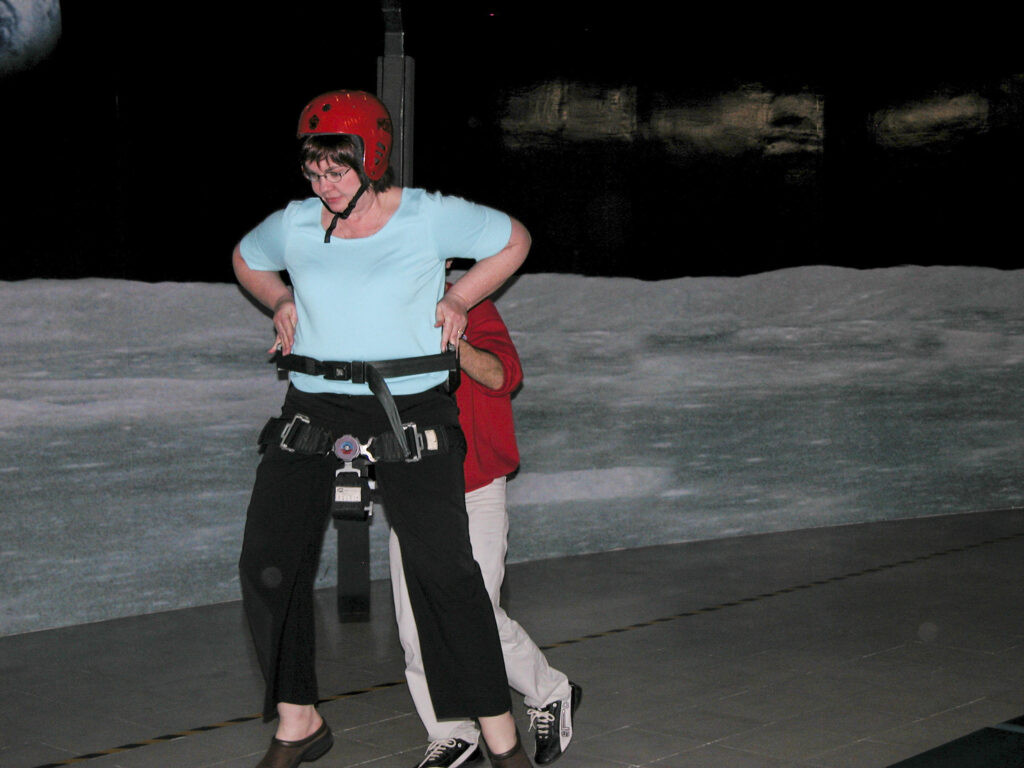
Sandie loved it. She savored the exhilarating feeling of being one-sixth of her Earthbound weight.
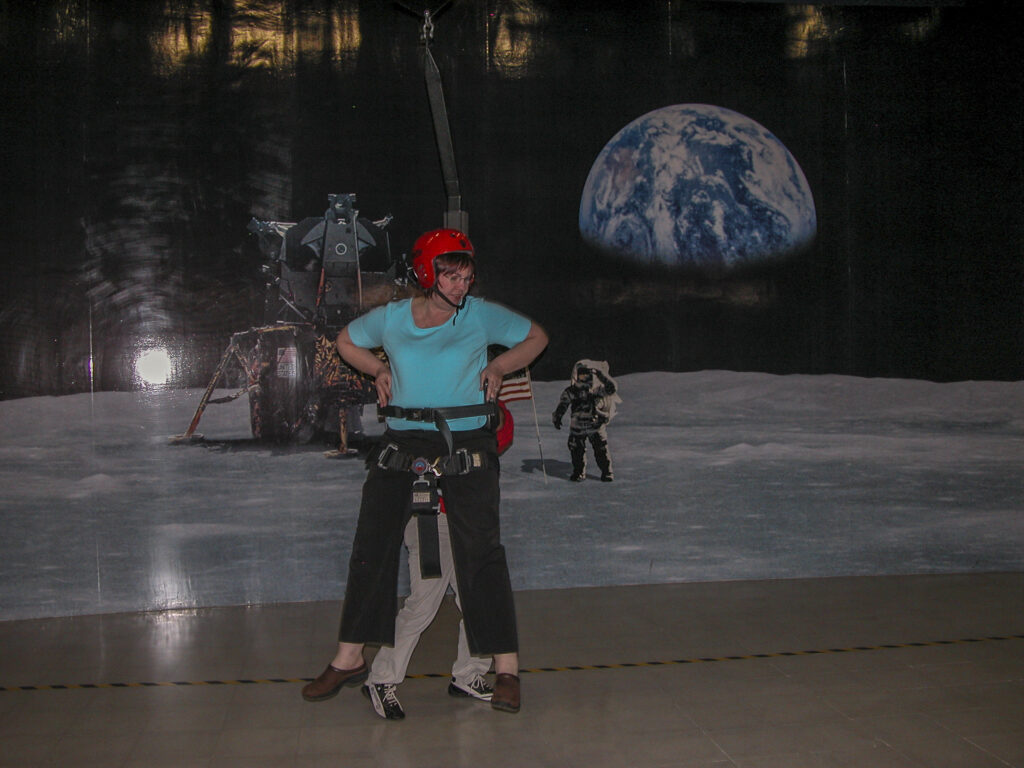
But it was Chuck Mattox who really got into the unbearable lightness of being on the moon (pace Milos Kundera). He took off like a shot, and there was no holding him back. The Space Camp instructor tried valiantly to keep him within the bounds of sanity, but failed miserably.
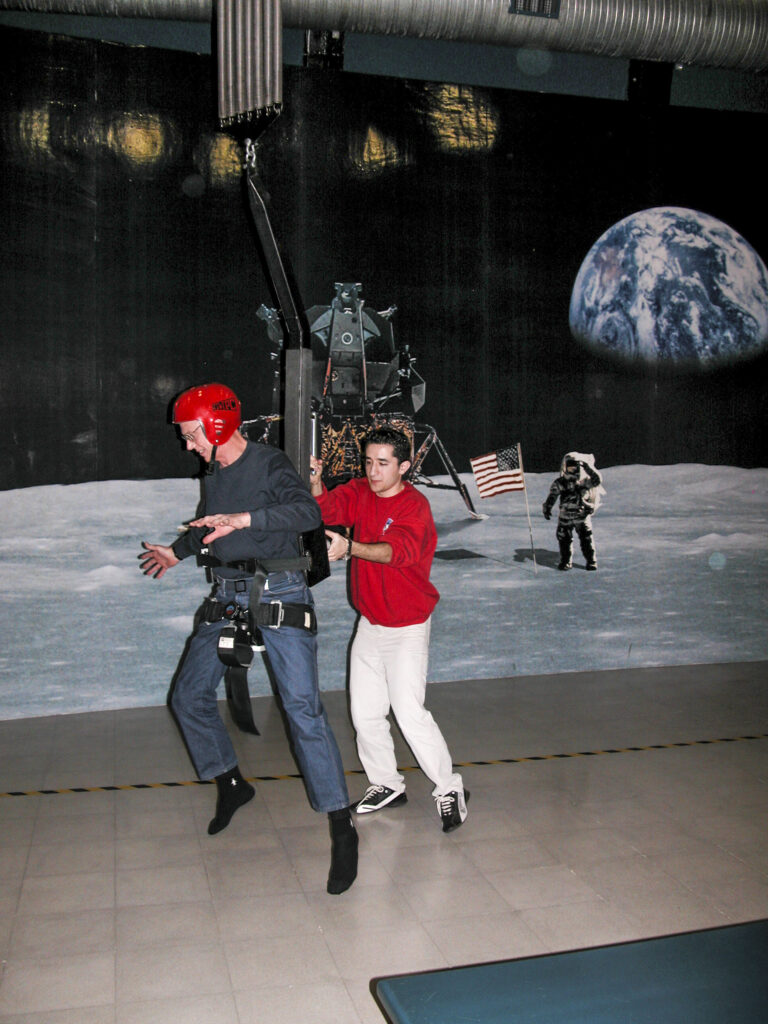
Finally, unable to keep Chuck from breaking all the speed limits and safety rules, the Space Camp instructor gave up in disgust and ran away, leaving Chuck to savor his freedom gleefully.
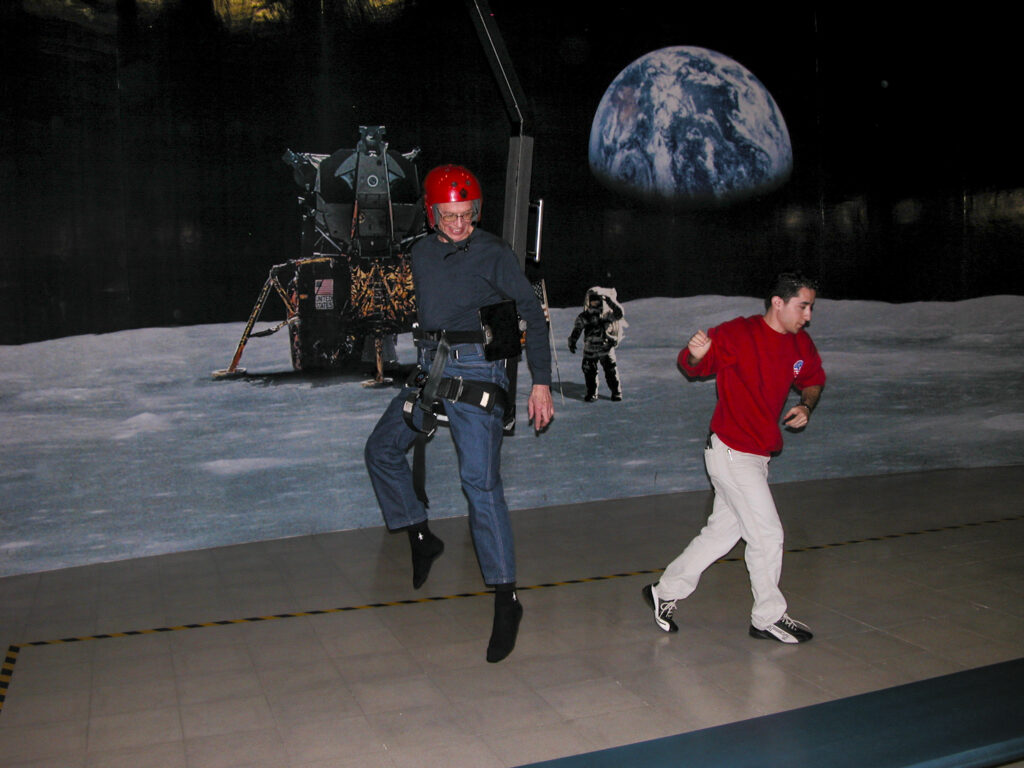
I tried the Zero Gravity Wall, which seemed tame enough for me – although I don’t usually do well with heights, being strapped into a chair made me feel reasonably secure.

I thought of it as a zero-gravity jungle gym rather than a wall.
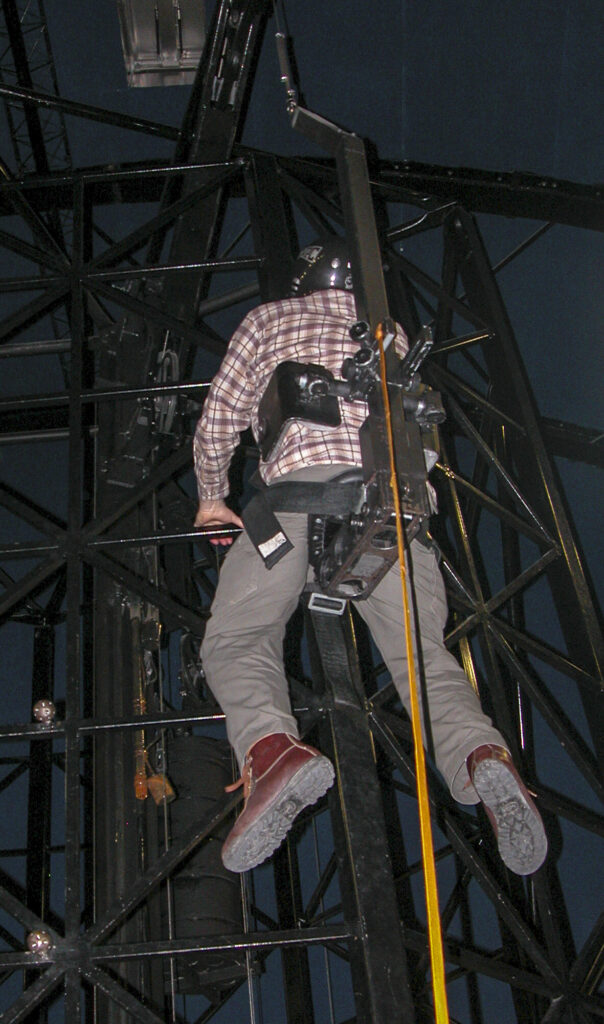
The next simulator, the Multi-Axis Trainer, was one I didn’t dare try. But Pat Bush did fine.
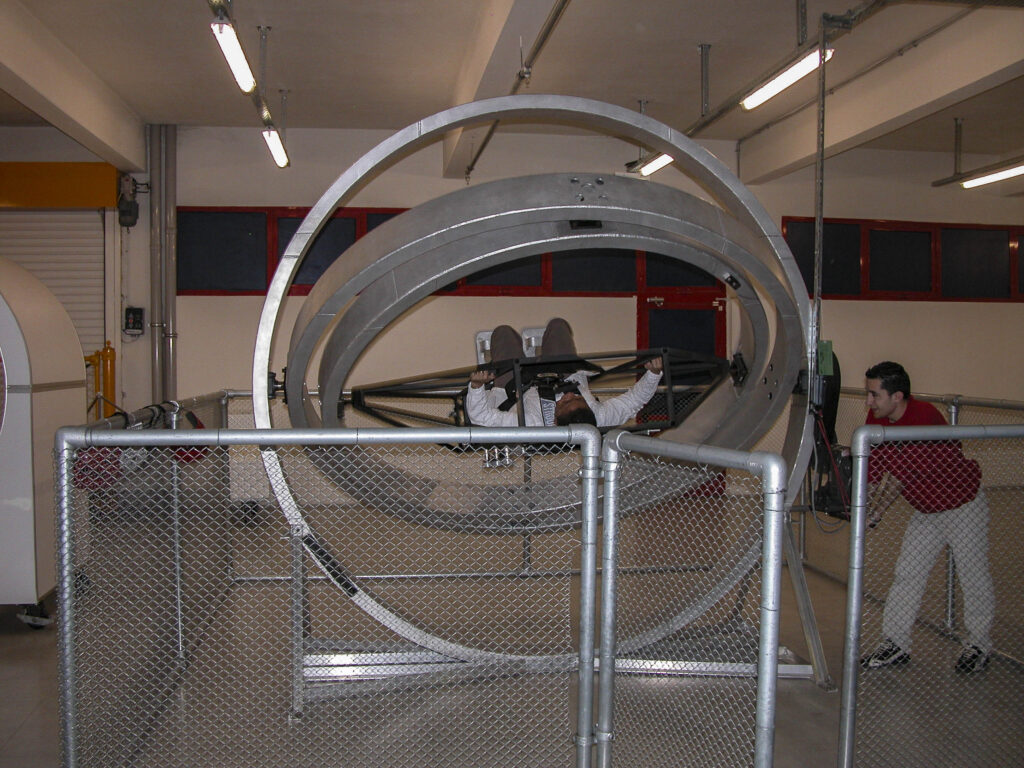
What NASA and the media never tell you is that because the Space Shuttle can carry only a limited amount of fuel, due to limitations of space and weight, is that once they arrive in orbit, having exhausted their fuel getting there, power for all operations thenceforth has to be generated by an apparatus similar to hamsters running in a treadmill cage, except that in this case, since hamsters are not allowed on the Shuttle, humans have to do the work instead. This was a closely guarded secret, and we didn’t find out about it until we went to Space Camp Turkey, where we learned about it the hard way. Here yours truly fulfills the hamster role on what was euphemistically called the “Space Station Mobility Trainer” (SSMT).
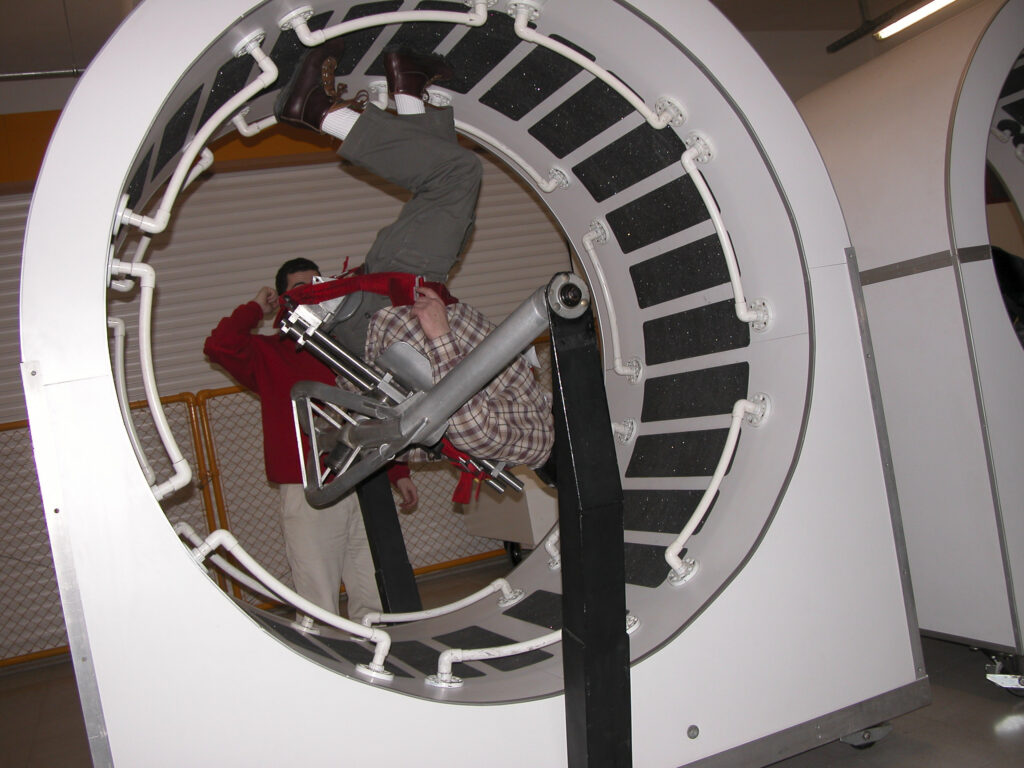
The finale for our tour group was the simulated Space Shuttle flight, in which we all got to be astronauts. However, in order to take the flight, each of us first had to pass a test, which proved to be unexpectedly difficult: we had to figure out how to get into the shuttle’s cockpit. I don’t know how it was done in the real Space Shuttle, but for us it involved entering by a back door, shown below, then climbing up a flimsy metal ladder, then contorting oneself to squeeze through a narrow hatch.
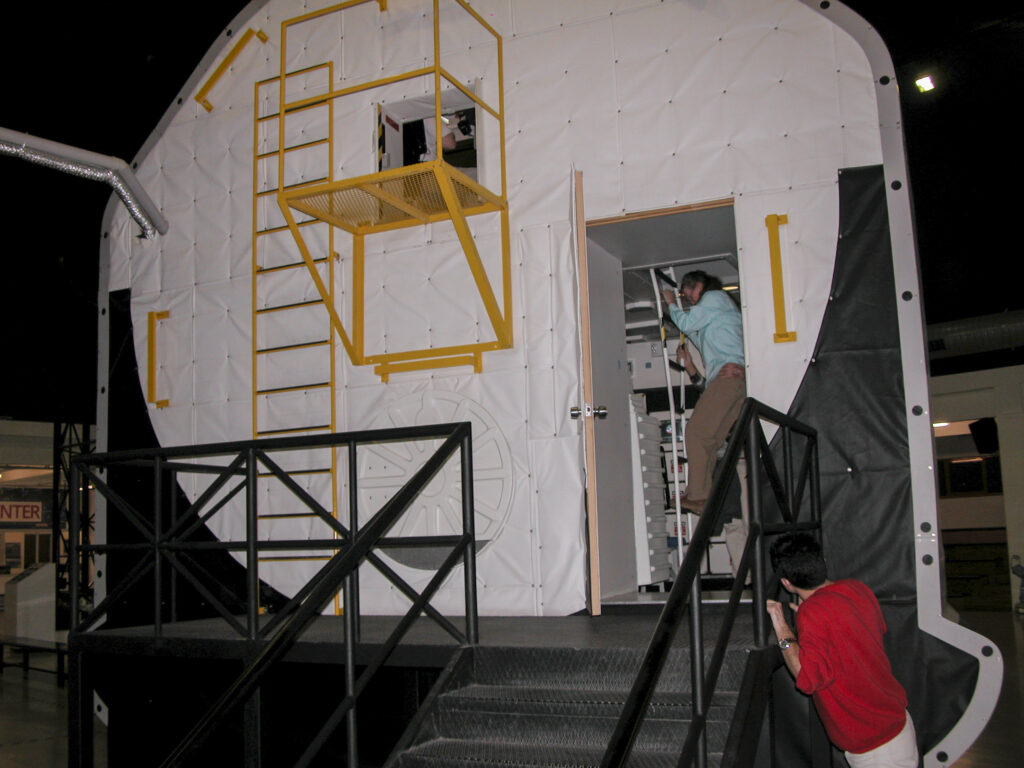
A camera linked to a monitor in the control room allowed the ground controllers to keep an eye on the Shuttle cockpit and crew during the flight. In this view, we see Elouise Mattox, Pam Bloxham and Pat Bush warily eyeing the camera, wondering just who is spying on them in the control room, while awaiting takeoff.
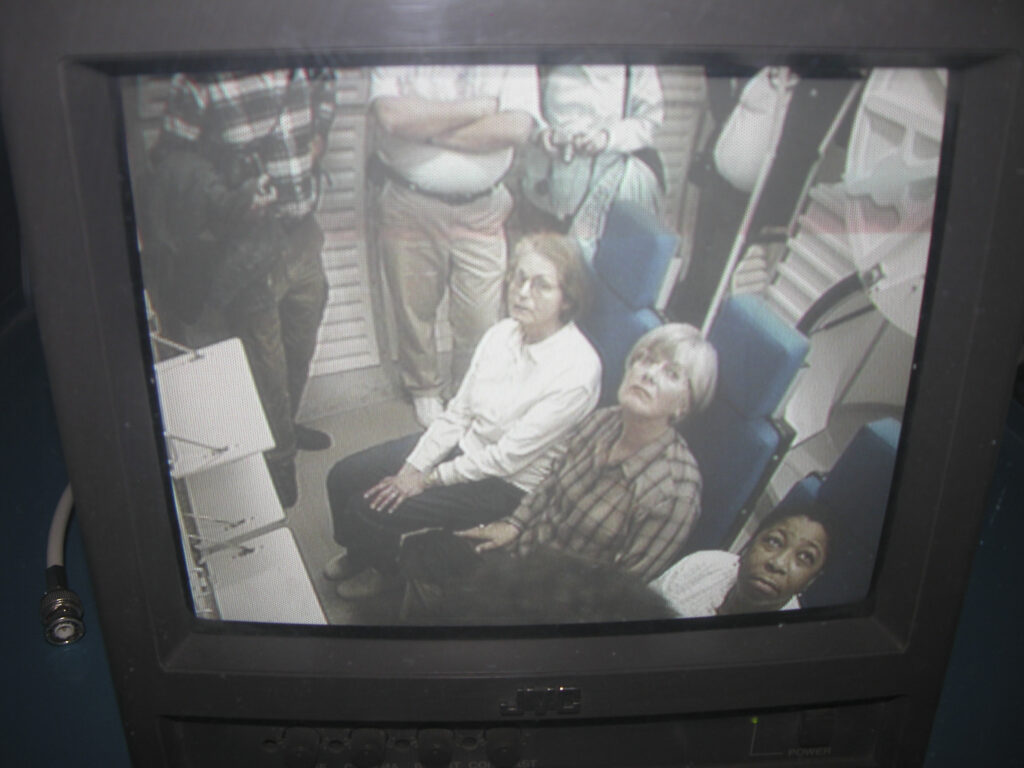
As it turned out, they needn’t have worried; it was Sandie who was spying on them from the control room, cooly and capably guiding their flight to crash into the Moon. Just kidding, of course. She brought them all safely back to Earth, then took her own turn on a Shuttle flight.
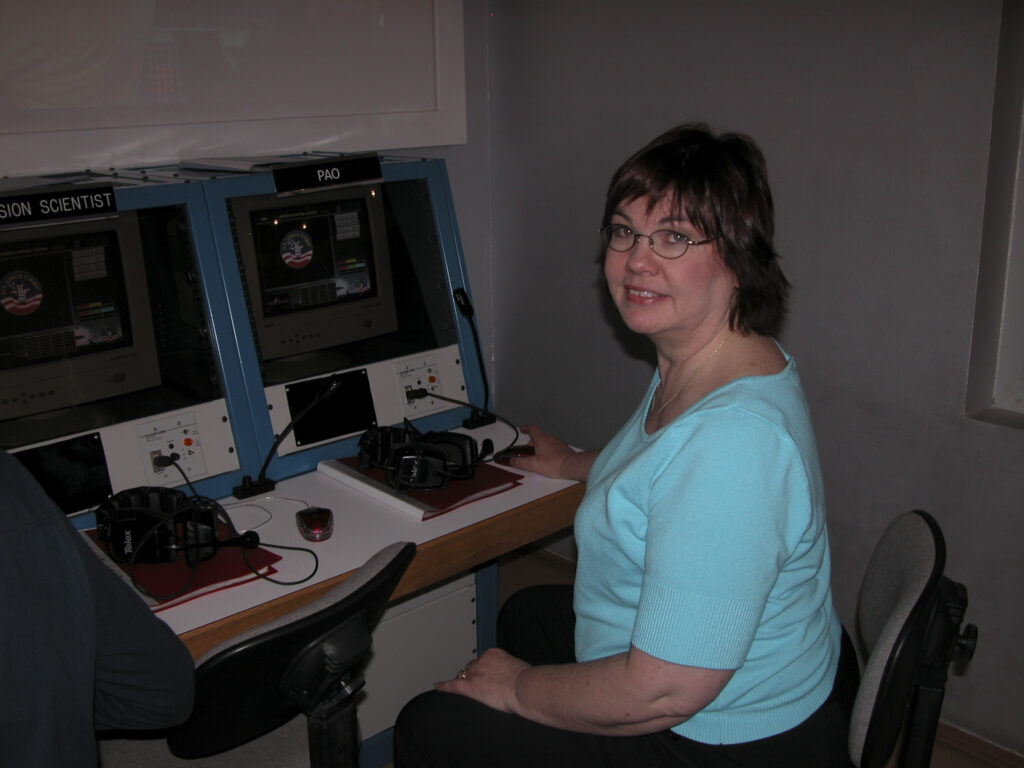
When Sandie’s turn came, she got to be the pilot, which was a big thrill for her.
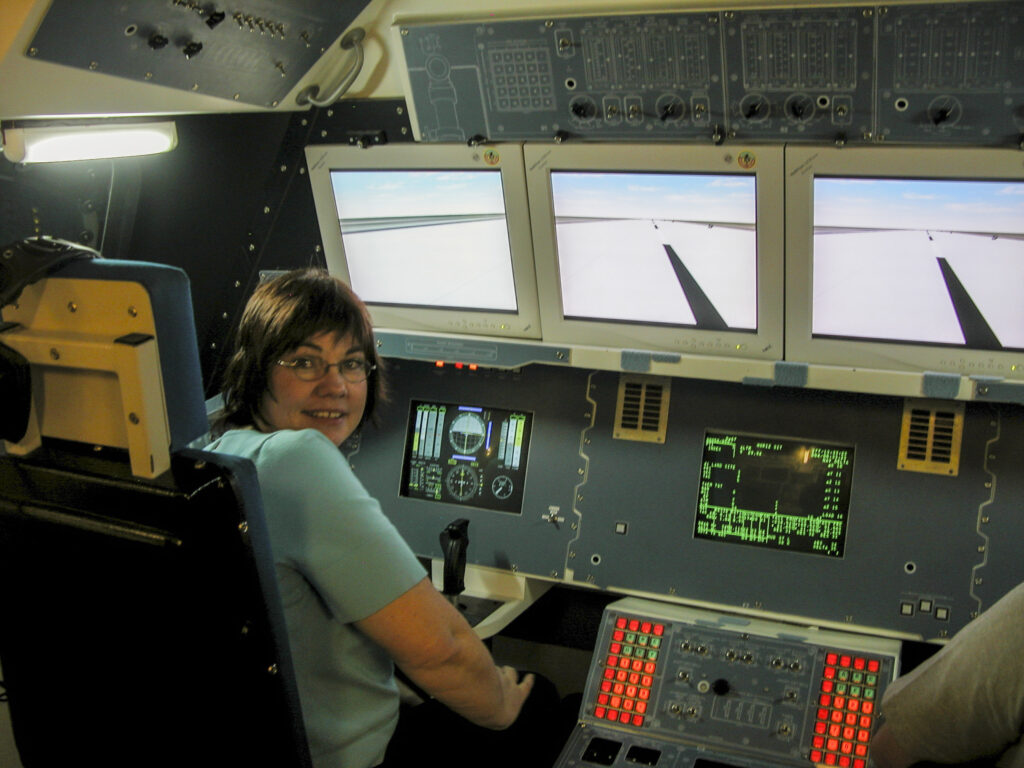
The Space Camp tour ended on a rather somber note: we were shown some of the tiles from the thermal protective system which prevents the shuttles from burning up in the atmosphere during re-entry. These were real tiles from real shuttles which had been obtained by Space Camp Turkey after completing several missions. The effects of the wear and tear to which they had been subjected were striking, and gave us some insight into the disaster which had befallen the Columbia.
